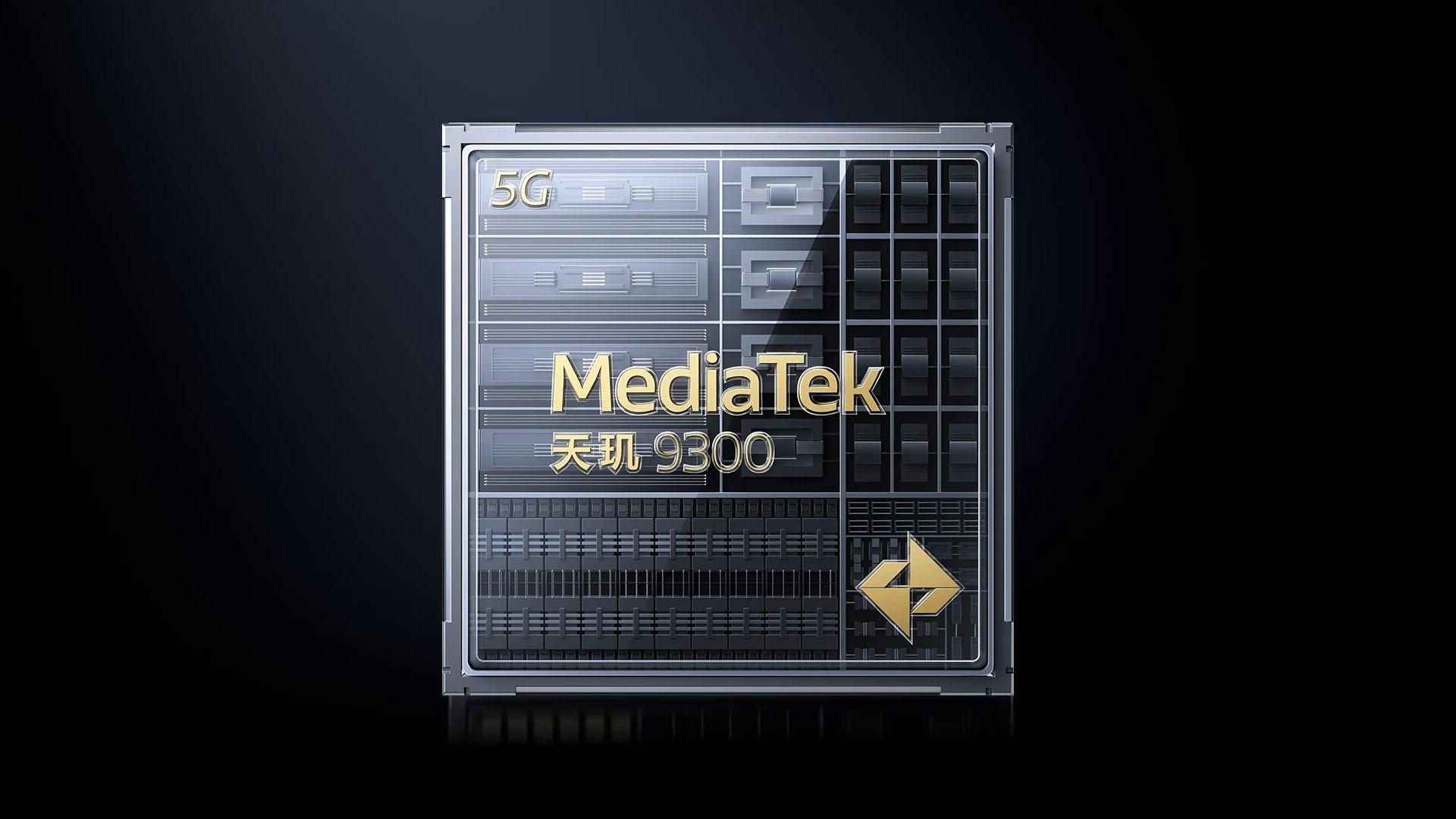News
Pixel and Pixel XL make you care about photography and Google’s new Assistant
Google’s highly anticipated, and heavily leaked, smartphones are now official. They’re high-end, strong on software, and effectively replace the Nexus series as Google’s flagship smartphone lineup. Without further ado, here are the Pixel and Pixel XL.
It seems like all the Google Pixel leaks we’ve seen in the past week were indeed legit. If you’ve been following our coverage, you would’ve already had a clear look at the design and specifications of the internet giant’s latest smartphones.
As expected, the only difference between the two handsets is size: The Pixel has a 5.2-inch AMOLED screen with a Full HD resolution, while the 5.5-inch Pixel XL has a noticeably better Quad HD AMOLED panel. The difference in measurements extends to the batteries, wherein the Pixel and Pixel XL have 2770mAh and 3450mAh capacities, respectively.
The lack of major differences is a big deal, because you aren’t forced to choose a larger phone just for its beefed-up features. This is something Google failed at with the Nexus 6P and 5X; the former was equipped with flagship-level specs, but the latter had the pocketable size nearly everyone wanted at the time.
Whether you go big or small, you’re treated to a metal unibody with a glass coating around the fingerprint scanner mounted at the back. With a thickness of 7.3mm for both handsets, they won’t win any style awards, but the inclusion of a 3.5mm audio jack will delight a lot of traditional audiophiles.
The shared internals include a powerful Qualcomm Snapdragon 821 processor, 4GB of memory, storage options of 32GB and 128GB, and fast charging through a USB Type-C port, but what really stands out is the camera. Having a 12.3-megapixel main shooter and 8-megapixel selfie camera with no optical image stabilization whatsoever may not seem special, but the real-world performance says otherwise.
If you recall our recent article on the iPhone 7’s DxOMark rating, you’d know that the Samsung Galaxy S7 Edge’s camera is the benchmark’s king with 88 points. Well, with the release of the new Google phones, the Galaxy has been unseated by the Pixels’ 89 points — the highest ever recorded in DxOMark’s mobile phone database. Impressive!
In case you’re wondering, the phones are manufactured by HTC, but Google is keeping this piece of information under the rug. The company wants Pixel to feel like a fully integrated Google product. To do that, the brand’s new virtual assistant is at the forefront of the Pixel phones.
Along with Android 7.1 Nougat, the Pixel phones are the first to come with Google Assistant, which is the company’s answer to Apple’s Siri and Microsoft’s Cortana. Google spent a ton of time explaining all the core functions at the event, but in a nutshell, the virtual assistant is really efficient at catering to your personal requests. The more you use it, the smarter it gets.
With the improved artificial intelligence, you can search through photos with ease and listen to your favorite music on the fly, all done by voice command. Google Assistant is pretty much the replacement of Google Now, the now obsolete assistant of every other Android device.
The color options are quite humorous; you have Quite Black, Very Silver, and Really Blue. What isn’t funny, however, is the pricing. Prices begin at $649 for the smaller Pixel — as much as you’d spend on a brand-new iPhone 7. The 128GB variant costs $749, while the larger Pixel XL goes for either $769 or $869 for the 32GB and 128GB storage options, respectively.
On the bright side, the phones come with unlimited cloud storage on Google Photos at original quality and full resolution. That’s great value, and might make the 32GB storage option enough if you have a reliable internet connection on hand.
You can pre-order as early as today if you live in the US, Canada, UK, Australia, or Germany. Fans in India will have to wait until October 13 to begin ordering.
[irp posts=”11910″ name=”OnePlus 3 and 3T imitate Pixel in latest update”]


The next Apple event is coming! Two weeks ahead of the big launch, the iPad maker has announced an upcoming event dedicated to the tablet.
As always, Apple has added a tagline to tease what’s coming for the brand. This time, it’s “Let loose.”
Now, you won’t get a lot of clues from something so vague. Thankfully, the graphic is much more telling. It features a hand clearly grasping an Apple Pencil. For sure, the event will focus on new iPads.
The special event will start on May 7, 10AM ET. Interested viewers can watch the event live.
There’s no confirmation what models are getting new faces for the event. However, rumors are swirling that we’re getting a new iPad Pro. We can likely expect a new Apple Pencil too, especially since the stylus is a main focus for the invite.
New iPhones are likely out, though. Apple usually holds the event for those later in the year. That leaves the Macs and the Vision Pro in the less-likely-but-still-possible realm.
That said, if you’re looking for new tablets, it’s time to wait a bit.
News
MediaTek eyes video generative AI for mobile, next-gen sat broadband, more
MediaTek sets its eyes on the future

Without question, AI-powered features have been integral for smartphones nowadays. And although it’s still “limited” what users can do with AI on their phones, MediaTek is trying to bring more advanced capabilities to mobile devices. This, as the semiconductor company is eyeing video generative AI for mobile, as part of its goals for the near future.
A few months ago at MWC 2024, MediaTek showcased on-device generative AI video diffusion powered entirely by its Dimensity 9300 processor. This leading smartphone chip incorporates the world’s first hardware-based generative AI Engine with secure, personalized AI. It is capable of bandwidth reduction, LoRA Fusion, and 8X faster generative AI performance, compared to MediaTek’s preceding AI processor.
Sooner rather than later, users can perhaps elevate the short video-editing experience on their smartphones by leveraging video generative AI, something reserved for heavyweight devices and software programs for now.
World’s first 5G-advanced satellite broadband
Aside from video generative AI on mobile devices, MediaTek is working on improving connectivity across various technologies. For instance, the company is working on a 5G-NR-NTN satellite chip that can deliver broadband speeds of up to 100mbps. They are working with Rohde & Schwarz for this innovation. One industry that will surely benefit from this is the automotive industry, with MediaTek utilizing advanced LEO satellite support over the Ku-band.
New platforms for 5G IoT, wearables
Meanwhile, the newly-announced MediaTek T300 platform will make it easy for IoT designers to transition to 5G-NR especially for applications requiring ultra-efficient connectivity and long-lasting battery life. This includes wearables, lightweight AR devices, and always-connected IoT devices. MediaTek likewise demonstrated at MWC 2024 how it can achieve consistent low latency for AR and IoT devices. This was made possible by the company’s new RedCap RFSoC using the Keysight UXM5G Wireless Test Platform.
5G CPE for better performance
Moreover, MediaTek showcased its latest 5G CPE devices powered by the T830 platform. Using three transmission antennae (3TX) applicable across 5G NR band combinations, MediaTek eyes performance enhancements for Wi-Fi routers, promising low latency, low loss, and a significant reduction in network delay.
Auto industry collaborations
Earlier in the year, MediaTek also released AI-driven chipsets specifically for smart cars. This is another aspect the company wants to build on. Using OpenSynergy Hypervisor technology, MediaTek wants advanced safety-first features through a virtualized OS within the vehicle. Additionally, MediaTek and ACCESS Twine4Car are working together to develop richer multiscreen entertainment and interactive services. Of course, the former already has the Dimensity Auto smart cockpit and infotainment platforms working to provide highly capable processing.
These platforms can handle demanding processes. These include multiple operating systems, wireless connectivity feeds, and multiple concurrent video playbacks. It can even support advanced 3D graphics and generative AI for the driver and passengers in the vehicle, elevating the overall smart car experience.
Smart home IoT connectivity
Lastly, MediaTek is envisioning a “home gateway” concept which it calls “Ambient Computing.” This will allow users to manage their network of IoT devices in a better, faster, and more direct manner. This will be done by having the technology solve the indoor-outdoor network barrier through bypassing third-party networks.
In other words, users will be able to control everything from their mobile device, minus third-party services. And because multiple devices are working together, a user may technically use a PC to accelerate tasks on the smartphone — beyond what’s possible on a mobile chip. That extends the phone’s life considerably, too.
News
Xiaomi Redmi A3 Philippine pricing, availability
Budget smartphone with high refresh rate display

Xiaomi is bringing high refresh rate displays to its budget line with the announcement of the Redmi A3. The latest addition to the entry-level Redmi line boasts of an expansive 6.71-inch HD+ display with up to a 90Hz refresh rate.
The Redmi A3 is available in Midnight Black, Star Blue, and Forest Green. The smartphone is priced at PhP 3,399 (3GB+64GB) and PhP 3,999 (4GB+128GB) respectively for its two configurations.
Customers may preorder the phone until April 27 via Lazada, Shopee, and TikTok. General sale begins April 26th in all Xiaomi stores nationwide. Freebies are a Basic Piston Earphone for online purchases and a 3-month Viu Premium subscription for in-store purchases.
The Redmi A3’s immersive screen allows users to consume various content in high-definition with better smoothness, a boost for a phone of its price point. The screen has Corning Gorilla Glass 3 protection as well, and DC dimming to reduce blue light exposure.
The phone also sports a refined design that lets go of the iPhone-looking camera arrangement. Instead, the main camera is now in the middle as part of a watch face-looking setup similar to other Android phone offerings.
Speaking of, an 8MP main shooter highlights the back of the Redmi A3. In front is a 5MP front camera. The phone is powered by a MediaTek Helio G36 processor and runs on an Android 14-based OS. Furthermore, it has a 5,000mAh battery with 10W of USB-C charging.
Other handy Redmi A3 features for users to utilize include a 3.5mm jack, Face Unlock, and Fingerprint Unlock.
-

 Events2 weeks ago
Events2 weeks agoStellar Blade: PlayStation taps cosplayers to play Eve for game’s launch
-

 Features1 week ago
Features1 week agoFortify your home office or business setup with these devices
-

 Gaming2 weeks ago
Gaming2 weeks agoThe Rogue Prince of Persia looks like an ultra-colorful roguelite
-

 Accessories2 weeks ago
Accessories2 weeks agoLogitech unveils G Pro X 60 gaming keyboard: Price, details
-

 Reviews1 week ago
Reviews1 week agorealme 12+ 5G review: One month later
-

 Gaming2 weeks ago
Gaming2 weeks agoLenovo confirms development of a Legion Go 2
-

 Deals2 weeks ago
Deals2 weeks agoTCL P635 TV: Big savings for TCL’s anniversary
-

 Gaming1 week ago
Gaming1 week agoNew PUMA collection lets you wear PlayStation’s iconic symbols




















